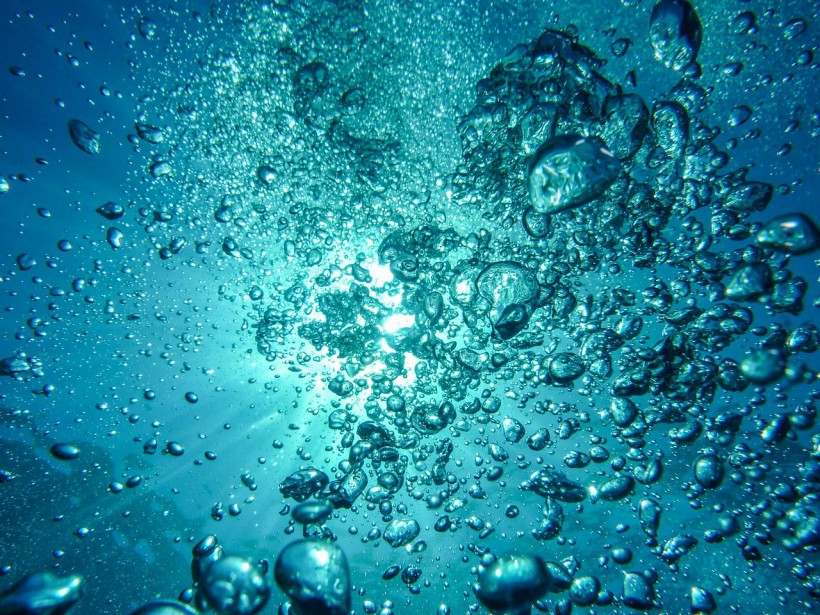Recent research shows that deep-sea methane reserves are turning into gas at a faster pace than previously thought. More so, the study detailed the rare type of ancient species that can detect these releases.
Brown University researchers developed a unique technology for tracking the conversion of deep-sea methane deposits into gas, and also the upward movement of the gas toward the bottom in previously undetected levels.

Deep-sea Methane Deposits Converting Into Gas at Higher Rate Than Previously Observed; Ancient Species Can Detect These Releases
Ancient Species Document Methane Dissociation in Deep-Sea
The new study, titled "Indian Margin Methane Hydrate Dissociation Recorded in the Carbon Isotopes of Benthic (Miliolida) Foraminifera" published in Earth and Planetary Science Letters, analyzed 372 fossils of a species of benthic foraminifera, which were sensitive to small-scale "dissociation" events.
These dissociation events include the transformation of ice-like methane hydrate into gas and rise upward. According to the press release, they have been occurring in the Bay of Bengal for millions of years, but their frequency changes in relation to warmer ocean temperatures. The study found that these types of dissociation events are happening more often than previously believed.
Large dissociation events are easy to detect because they cause large carbonate nodules to be formed on the seafloor as well as communities of organisms. But smaller events have gone undetected in the past. The researchers found that three types of Miliolida foraminifera can record when these smaller events occur and can also show what gases they release in the atmosphere.
Steven Clemens, a geological sciences professor at Brown, said that this species of microfossil is the first type that can detect these small dissociations, whereas other species collected during a 2015 expedition in the Indian Ocean that they analyzed could not.
The findings have implications for the study of ancient methane deposits and how they are affected by changing global temperatures. Methane hydrates are a potential source of natural gas, but the greenhouse gas they contain could also cause warming.
According to the US Geological Survey, these reserves hold as much as 700,000 trillion cubic feet of methane, although scientists are not yet able to recover deposits in most global locations. The research team will now investigate whether other types of microfossils can detect dissociation events and whether these organisms can be used to study other locations, such as the Arctic.
Warming Climate Affecting Methane Dissociation in Deep-sea
The team found that the group of single-celled organisms that lived 1.5 million years ago could help monitor the effects of climate change. Their analysis showed that warming waters in the deep sea are most likely causing the dissociation, which makes the findings more significant to today's climate concerns, SciTech Daily reports.
Dissociation releases methane, a greenhouse gas, contributing to climate change effects and usually occurs in the Arctic. Small instances of dissociation in shallow water are not currently a cause for concern since methane is usually consumed by organisms in the sediment, but widespread dissociation due to rapid warming could threaten marine life and contribute to global warming.
While methane hydrates are an area of interest in research on climate change, research is also taking place to see whether they can be used as a resource for energy. Studies have suggested that the amount of methane trapped in hydrates globally may exceed the quantity of all other fossil fuels combined.
RELATED ARTICLE: Enormous Methane Reservoir Discovered Under the Sea
Check out more news and information on Biology in Science Times.














